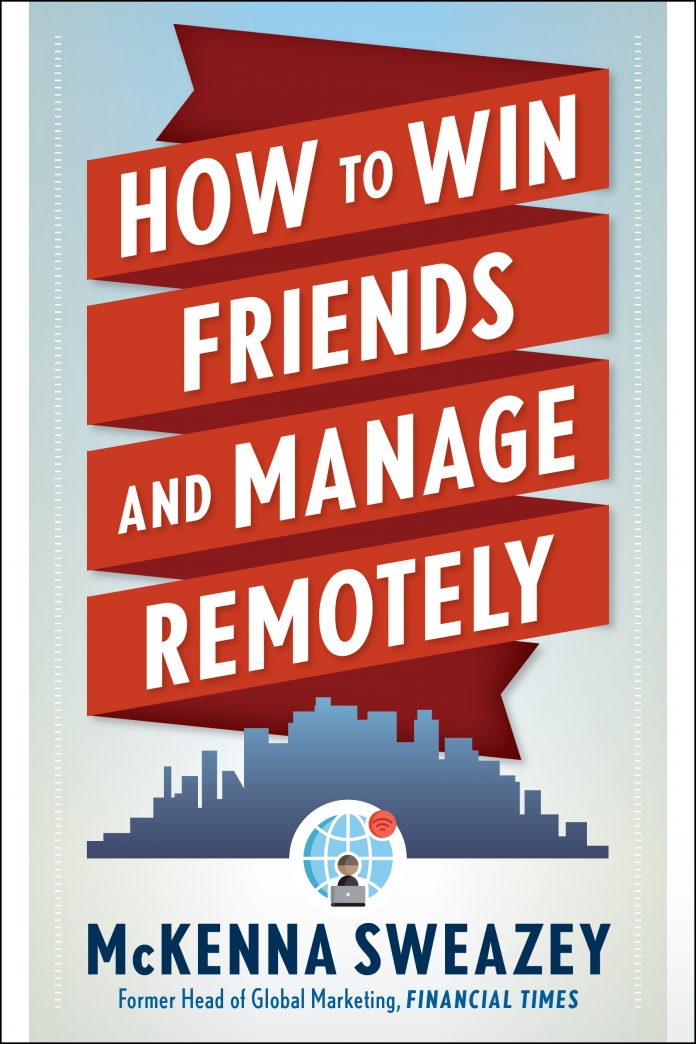
The success of any team is rooted in its ability to achieve its goals. People who are happier and feel safer in their work environment are better able to achieve their goals. Creating this team atmosphere is perhaps the most important thing a leader can do to drive achievement from and with their team. I’ve mentioned Google’s Project Aristotle and its emphasis on the trait that successful teams share: a culture of psychological safety. Suppose you want to create a culture of psychological safety on your team or other traits that you think will help your team function better as a cohesive whole. In that case, it’s critical to think about this carefully and be thoughtful and demanding in your implementation.
To think about connection within a team, we start at the top, look at culture, and then get more granular with the team and one-on-one relationship building. Combined, these factors contribute virtually and in person to an effective team environment.
Culture in a Virtual Team
Culture is the building block of an environment that allows people to be successful. When people understand their work environment, norms, and what to expect, they can do their best work. A positive and growth-oriented culture is ideal for a team to thrive.
When I think about one of the biggest challenges brought on by working remotely, a huge stumbling block is conveying company culture. Why?
- Most people find it hard to define “culture.”
- Most companies, while they may have explicit values, haven’t thought about how these values trickle down to culture.
- Culture has all too often been used as an exclusionary social tool to make people of different backgrounds or beliefs feel out of sync with their peers. This, rightly, makes people fearful about being too prescriptive with culture.
Tack on the pains of being physically distant from your colleagues, and you have a perfect storm.
Step 1: So What Is Your Culture?
Culture is the values, norms, and behaviors that define how you do business. Some pieces of information you might pick up explicitly or implicitly about a team’s culture are:
- What projects have been delivered, and at what speed? What was valued (e.g., speed over perfection or vice versa)?
- What happens when you fail? Is that information embarrassing or a tool for learning?
- What are the hours people work (is it okay to go for a run in the middle of the day, etc.)?
- What are the cadence and style of communication? How often do people check in with each other? How acceptable is swearing?
In every organization, answers to these and other similar culture-defining questions are outliers and contribute to the de facto definition of a company’s culture. In a “normal” office environment, you’d see these behaviors happening and learn from them. But in a virtual setting, so many are invisible to anyone not directly involved.
It’s worth asking relative newcomers and “old hands” to define the team’s culture, particularly from a virtual perspective, to understand where you might need to outline people’s expectations in their new work life explicitly. Like so many things in a virtual office, your culture needs to be more clearly defined and communicated. Then write out a manifesto or playbook for it, spelling it out to make your culture clear to your people.
Step 2: How Do Values Turn into Culture?
Value statements are usually a collection of hopeful but sometimes vague beliefs and philosophies designed to be a north star for the company. They are something you can hold actions to and say, “Does this feel right?” But this is not the same as culture. Culture refers to the everyday actions that stem from this guiding set of principles.
Values can turn into culture through hard work, luck, or not at all. After working within your team and organization, can you identify what cultural norms exist in your company? The next necessary question is whether these values align with the stated values and mission of the company.
If your company mission is to move fast and break things, but your team functions in a way that values perfection over speed and saving face over learning from mistakes, your culture and values are mismatched. This is confusing for all employees, but especially newcomers who may not be able to deal with the disconnect. Map the culture from Step 1 to the values and ensure no disconnects. Then codify this information in onboarding meetings, playbooks, and/or the company handbook. In a distributed workforce, documentation is key!
Don’t Let Culture Be a Weapon
We can’t ignore how culture can also make people feel excluded. Just one example: think of a traditional investment banking culture, with very late hours and a value on presenteeism. How do this culture work for parents, both men and women? No one wants to live in that world anymore.
After you’ve mapped out your culture and how it aligns with your values, the last step is to ensure this doesn’t leave anyone out. Ask yourself, in conjunction with a group of people representing different perspectives, “What about this might not work for some people?” You can’t please everyone, but you have to be certain ignorance doesn’t cause you to exclude valuable team members.
The massive overhaul of working norms that came with the pandemic presented a perfect time to implement changes that welcomed diversity. If your culture transcends virtual and breeds happiness and success, you’ve nailed it.




